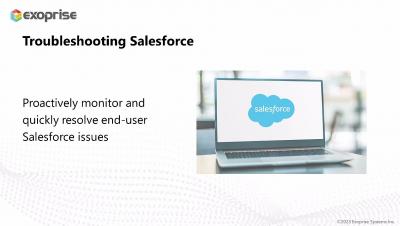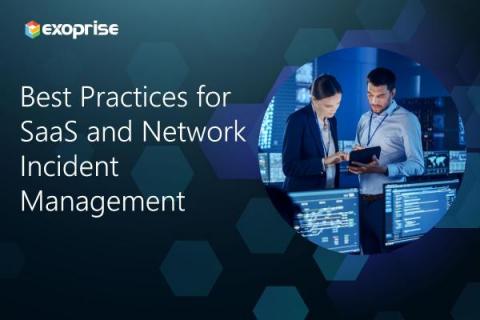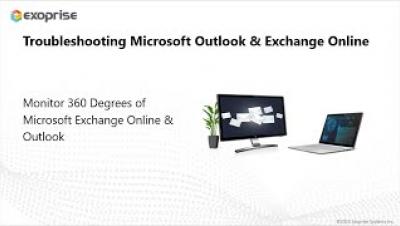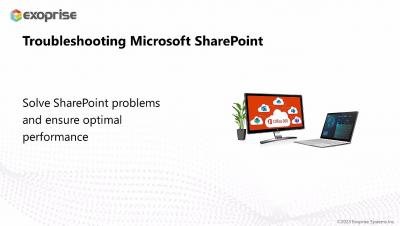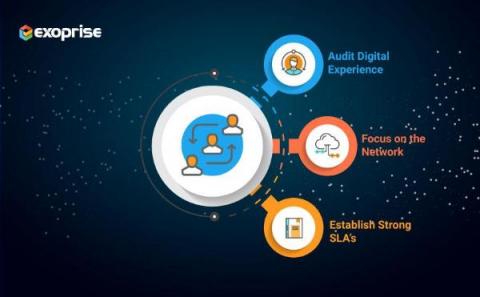Teams | Collaboration | Customer Service | Project Management
Monitoring
Best Practices for SaaS and Network Incident Management
Computer and network systems have (obviously) become vital to business operations. Occasionally, there are SaaS or network incidents and these systems do not operate as needed. Enterprises want to minimize the potential damage and get their systems back online ASAP. Integrated incident management and a strong End User Experience Management (EUEM) platform that provides synthetic and real-user monitoring is a foundation for meeting that objective.
Troubleshooting Microsoft Exchange and Outlook
Troubleshooting Microsoft SharePoint
Three Simple Steps to Improve Digital Workplace Collaboration
The pandemic sparked a dramatic uptick in corporate use of collaboration and cloud solutions. A related perpetual challenge is that enterprises do only a mediocre job of providing remote users, especially those working at home, with robust Digital Workplace experiences. As part of improving the enterprise Digital Workplace, Enterprises' must begin to conduct thorough digital inventories, focus on network observability, and enforce strong SLA's with cloud providers to address the shortcomings.
Microsoft Teams Outage, TM612617: Users may be unable to access Microsoft Teams using web browsers
This morning, Microsoft Teams suffered an outage with users unable to access Microsoft Teams unless they were using the Teams client. Editor’s Note: This outage lasted about 2 hours including the time to roll out a fix, Exoprise customers knew of the issue around 35 minutes before Microsoft. Exoprise proactive monitoring first detected the outage in North America starting at 7:20 AM EDT.
Troubleshooting Microsoft OneDrive
Exoprise Service Watch Named Leading DEM Solution for Today's Cloud Powered Digital Workplace
Microsoft Outlook on the web Outage, June 6th, MO572252
Yesterday’s Microsoft 365 Suite-wide outages, led to continual faults for Outlook on the web on Tuesday, June 6th. When the outages pile up, it becomes difficult to tell when one starts and the other ends. The latest: Can’t access Outlook on the web and other Microsoft services and features The prior day incidents began with EX571516: Some users are unable to access Outlook on the web, and may experience issues with other Exchange Online services.
Microsoft 365 Outage on June 5th, EX571516, MO571683
On Monday morning, June 5th there was a wide scale outage for Microsoft 365. Interestingly, for this one, they first reported it with a barrage of duplicate health status emails (why, we have no idea) but the issue was much more widespread than that – it was affecting most Microsoft Office 365 services: The first incident was Incident EX571516: Some users are unable to access Outlook on the web, and may experience issues with other Exchange Online services.


